Wilderness Journal Issue #020
With an introduction by Bob Brown, a special edition of Wilderness Journal celebrating the Franklin campaign and the beginnings of the Wilderness Society.
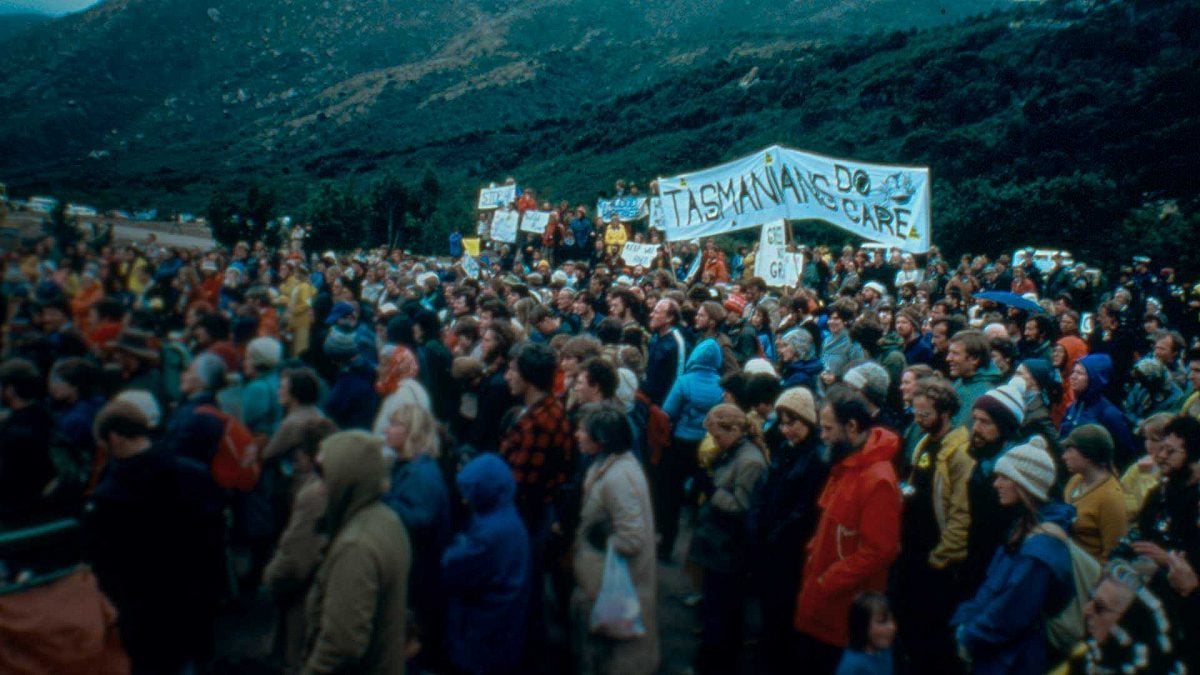
It all began in 1976 with a meeting of just 16 people in the home of Tasmanian GP Dr Bob Brown. The passionate campaign that emerged to save the Franklin River rocked the political orthodoxy and defined a generation.
In total, 6,000 Australians registered to blockade construction of the Franklin dam, each willing to be arrested for the cause.
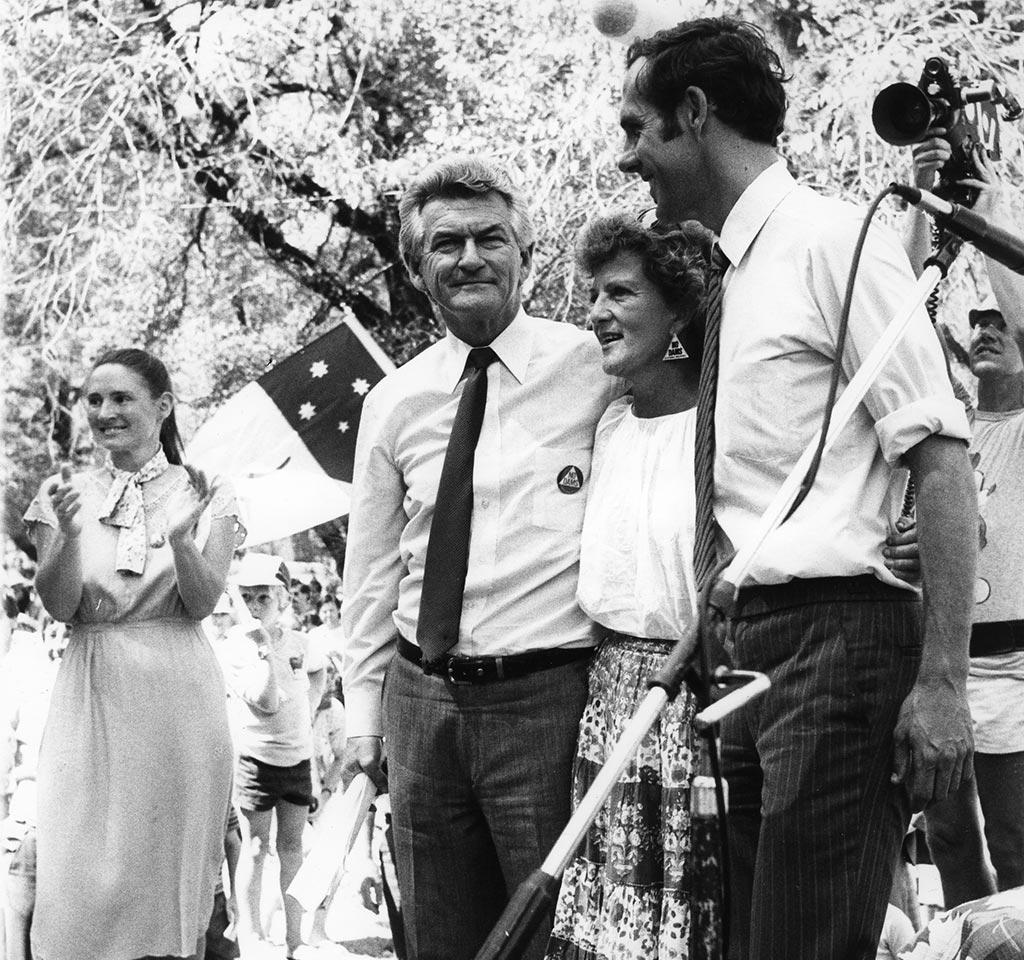
In 1983 the Franklin River became a household name across Australia when it was successfully protected from flooding under a hydro-electric dam.
Coming at the tail end of Tasmania’s massive hydro-electric expansion of the mid-20th century, and after the flooding of the spectacular Lake Pedder, the proposal to dam the Franklin prompted opposition across Australia and a new movement to protect nature.
The Wilderness Society as you know it today was formed in 1976 to save the Franklin.
In the early ’80s, archaeologists uncovered cultural artefacts at Kutikina Cave (formerly Fraser Cave; handed back to the First Nations community, the palawa, in 1995) in the Lower Franklin. The discovery at Kutikina Cave was one of the integral factors in getting World Heritage status and saving the river.
Read more about how pivotal the World Heritage declaration was in saving the Franklin.
A belligerent Tasmanian Government pushed ahead with the dam, despite the Franklin being part of a World Heritage Area.
On the heels of an escalating community campaign including a blockade, rallies, door-knocking and widespread political action, the new opposition leader, Bob Hawke, voiced his support for the Franklin River. This secured his party a victory in the federal election.
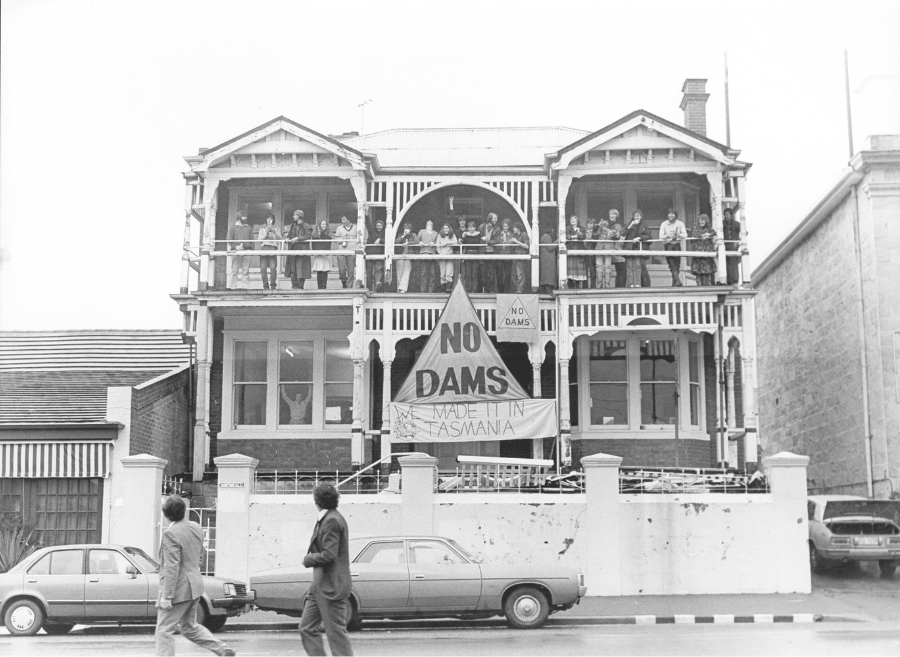
A majority of everyday Australians had cast a vote for the environment.
Mr Hawke passed legislation to ensure the federal government had the legal power to prevent any action that would contravene Australia’s obligations under the World Heritage Convention, such as a destructive dam.
As the Tasmanian Government was bulldozing ahead with construction, a court case between governments was held in the High Court. But in 1983, a final decision was handed down: “There shall be no dam on the Franklin River".
This vital ecosystem would remain intact. Construction of the dam was eventually ruled invalid and halted. The river was saved.
The Franklin’s headwaters are in the central highlands, and flow 125km west to the Gordon River, which then drains into Macquarie Harbour on the west coast. Dropping through thunderous rapids, deep gorges and thick rainforests, the river has become an icon for adventure and synonymous with Tasmania, wilderness and conservation.
Read more about the events that led up to the historic High Court decision to prevent the damming of the Franklin.
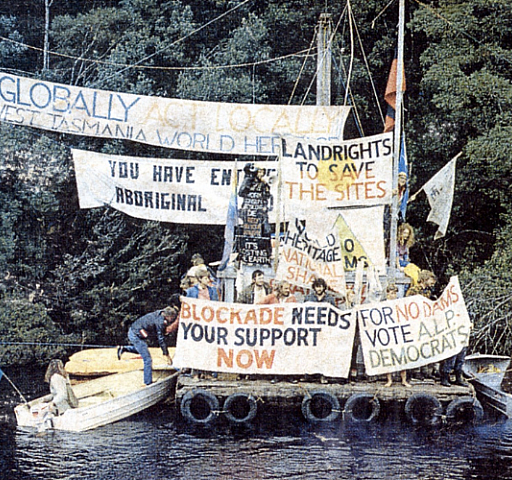
With an introduction by Bob Brown, a special edition of Wilderness Journal celebrating the Franklin campaign and the beginnings of the Wilderness Society.

The threats to our living world have already begun to impact the lives of everyday people. So we’re reaching out with a simple but powerful message:
From the corridors of power, to the front page of the paper, to the streets of your town, we use every available platform to give nature a voice at the negotiating table.
We have campaign centres in every state capital, plus Launceston and Newcastle. From these centres, our dedicated volunteers and skilled staff coordinate campaigns and unite local groups. Across Australia, we're training volunteers within our network of local community groups to be tomorrow’s environmental leaders.
Right now, everything is at stake: our clean air and water, the fertile soils that grow our food, global security, our great cities. All the good stuff. To win, we need you.
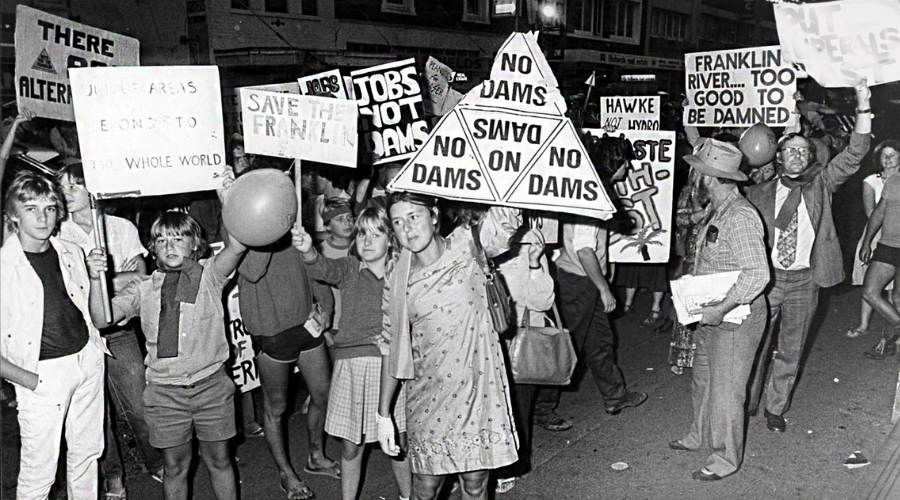

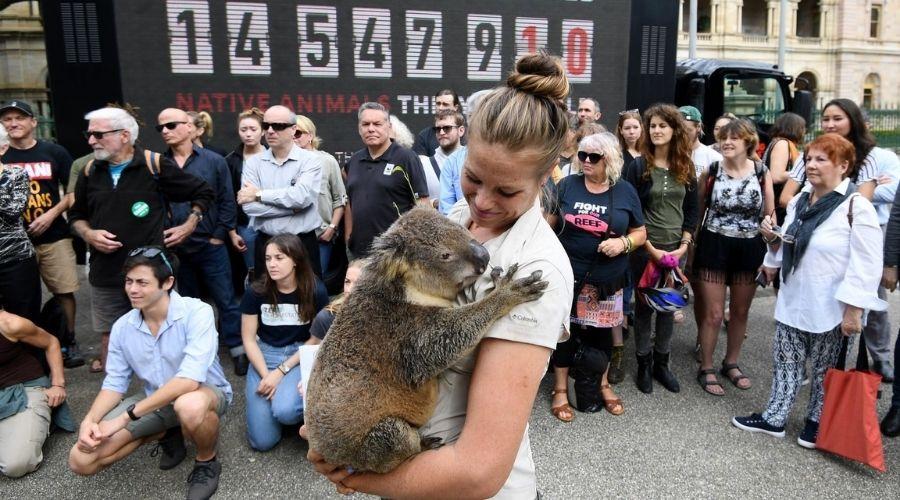
In total, 6,000 Australians registered to blockade construction of the Franklin dam, each willing to be arrested for the cause.
Queensland passes land-clearing laws after gruelling three-day debate.